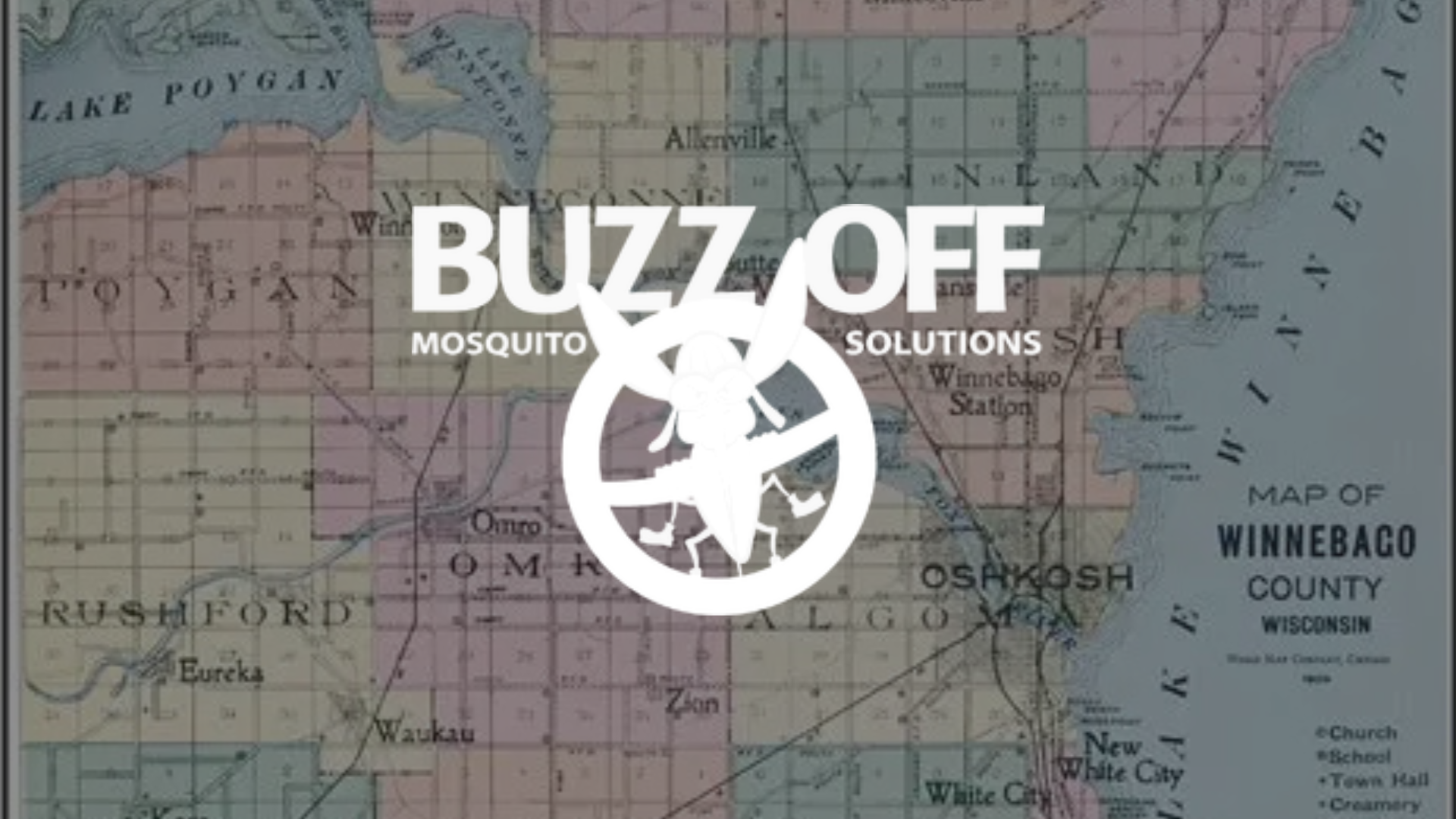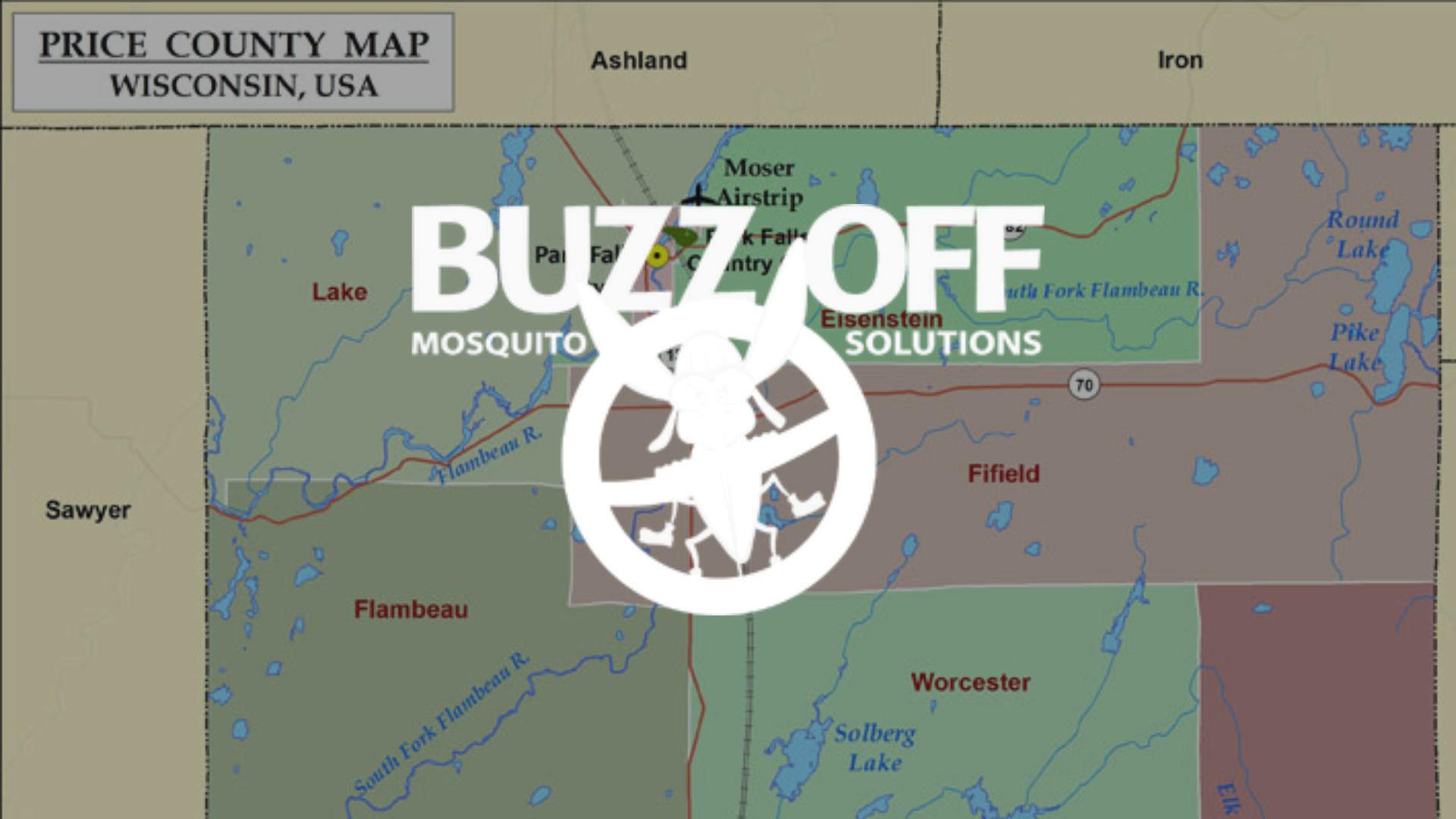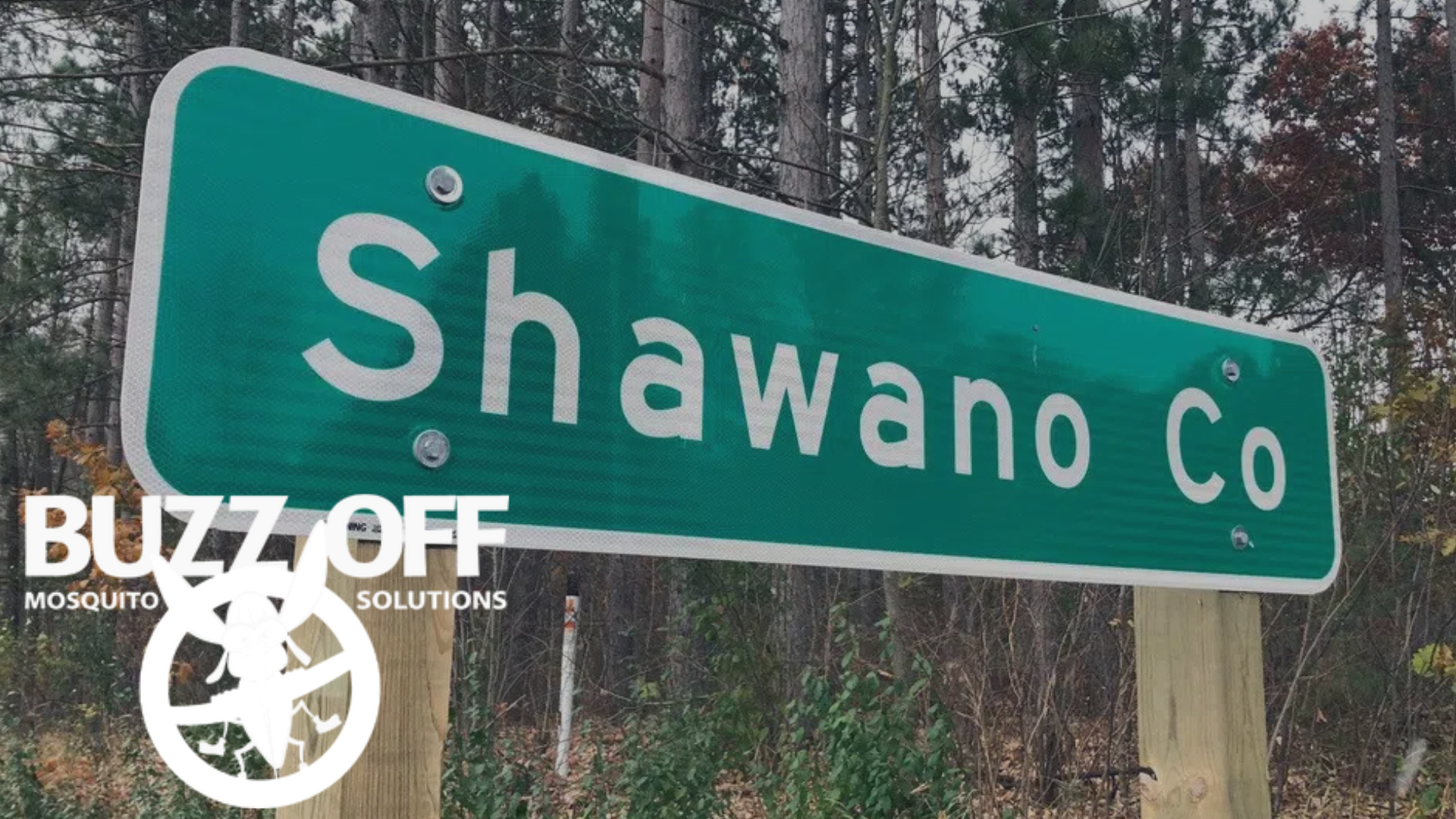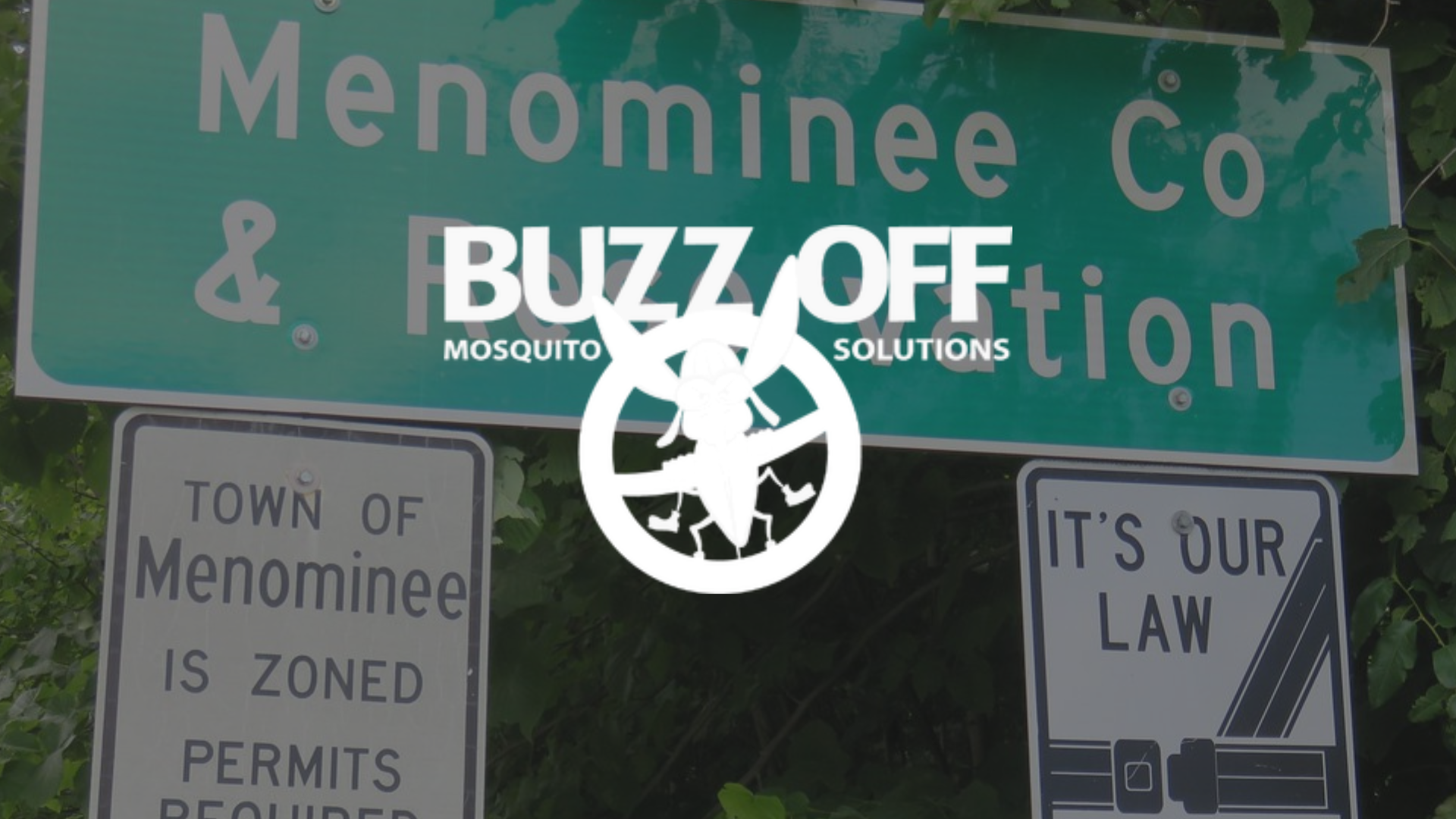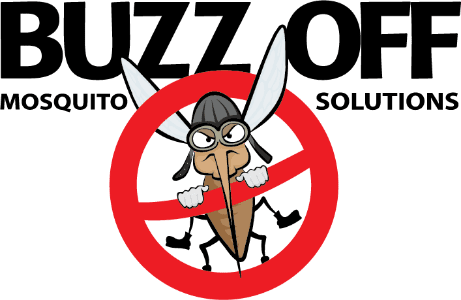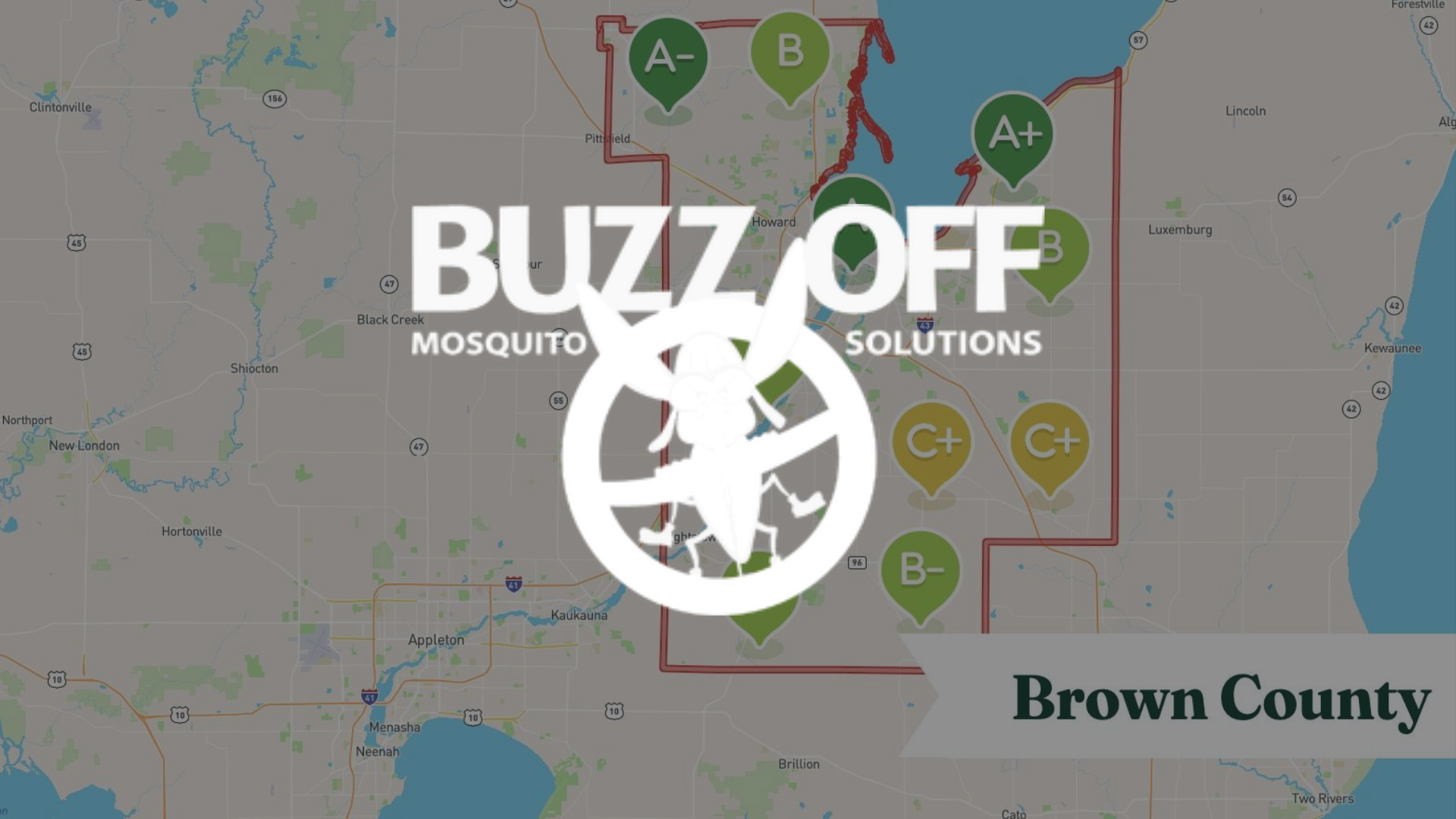Move over french fries,
I’ll have a Side of Flies

Would you eat a creepy, crawly bug for a thousand dollars? How about a million? Here in Wisconsin, we think of eating insects as something we only see on reality game shows or used as survival techniques, but in other parts of the world, insects are part of their everyday diet. In fact, research shows that many insects are packed full of protein and nutrients. If you can get past the gut-wrenching thought and ignore the wings, furry legs, and beady eyes, we encourage you to read further.
Why Insects?
Health Benefits
First and foremost, insects are a fantastic source of protein. According to the Food and Agricultural Organization of the United Nations, they are also rich in healthy fats, iron, calcium, and low in carbohydrates. A half-cup of crickets contains only 121 calories, 12.9 grams of protein, 5.5 grams of fat, and 5.1 grams of carbohydrates. As a comparison, a half-cup of ground beef contains 23.5 grams of protein and 21.2 grams of fat. Americans are constantly being considered obese and overweight. Perhaps if we ate insects for protein instead of the vast amounts of red meat we consume in Wisconsin, heart disease would go down, and our blood pressure would be more manageable.
Environmentally Friendly
Insects do not require a lot of resources to mass-produce like much of the meat we process today. They emit much lower levels of greenhouse gasses than livestock and require much less time and effort. They are also small when compared to other animals and take up a fraction of the space. There are currently 1.468 billion head of cattle in the world versus ten quintillions (that’s 10 with eighteen zeros) insects. We could say goodbye to the global food crisis because that’s more than enough food for everyone on the planet.
Which Insects in Sturgeon Bay, Wisconsin Are Edible?
As a general rule of thumb, stay away from brightly colored insects or any that leave off unpleasant odors. Unpleasant odors usually indicate toxins except ironically for the stink bug, which is often eaten raw in Mexico. Insects that are camouflaged and harder to find are typically tastier. A few lists we researched included mosquitoes, but they are questionable and depend on your geographic location, so we didn’t include them.
Because insects harbor bacteria and parasites, it is best to cook them to neutralize any bad stuff. While this list doesn’t encompass all of them, here is a list of the most common insects that are edible and generally eaten in other parts of the world.
- Grasshoppers
- Crickets
- Cockroaches
- Beetles
- Butterflies
- Moths
- Dragonflies
- Mayflies
- Termites
- Flies
- Ants
- Grubs
- Earthworms
How Do You Eat Insects?
The trick to eating insects is to cook them. A good boiling will eliminate any harmful toxins and parasites. You can boil, roast, or smoke them. Cooking doesn’t just make insects safer to eat. It makes them taste better. It will also destroy any pesticides that they may have ingested as well. While you can eat the wings and legs on most insects, our sources suggest you remove them as they don’t have much nutritional value anyway. If you find yourself lost on a camping trip or stranded in a desert, stick with the worms, grubs, crickets, and beetles and you should be fine.
Pest Control From the Professionals at Buzz Off Mosquito
You might not have control over biting insects in parks and other recreational areas but you do have control in your own yard. Before mosquitos start giving you and your family problems, call the experts at Buzz Off Mosquito Control Solutions. We have a variety of pest control services including mosquito, fly, and flea & tick control services. We offer our mosquito control service to both residential and commercial customers.
Give us a call at (715) 281-3289 or send us a short message here. Don’t forget to follow our monthly blog for the best mosquito control tips in Wisconsin.
